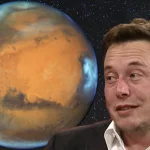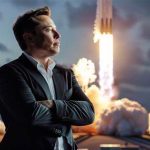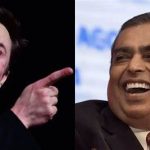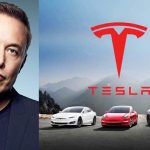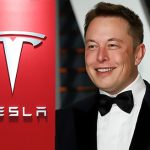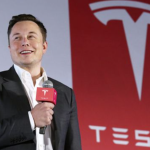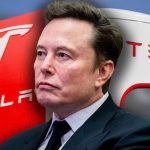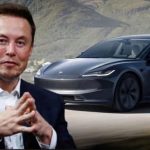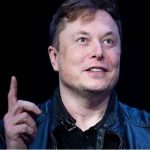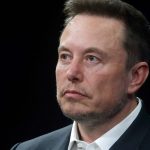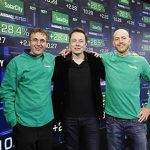Elon Musk and the Future of Artificial Intelligence 🤖
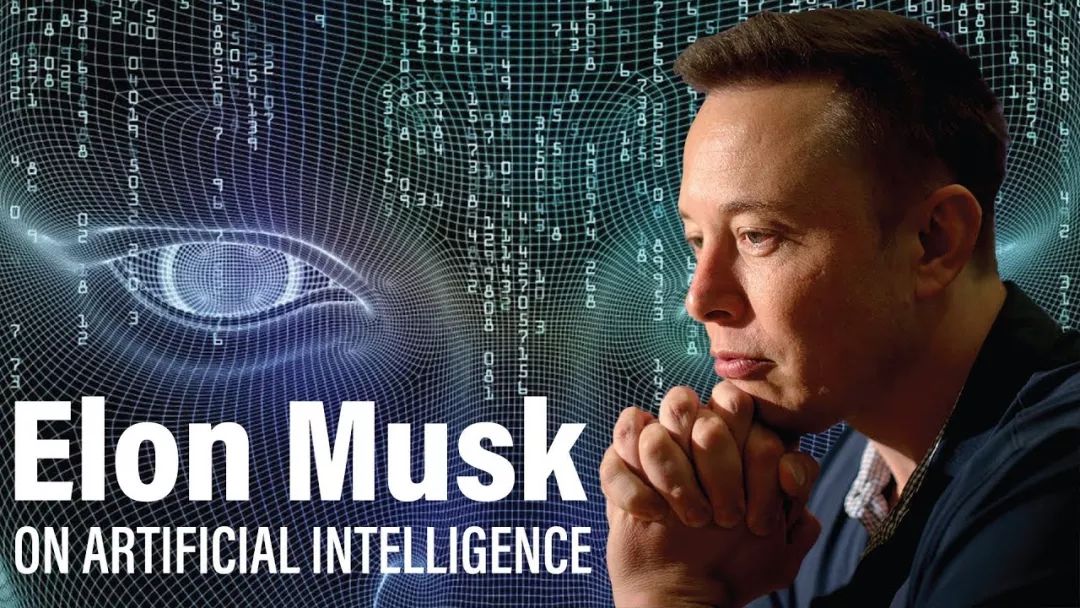
Elon Musk and the Future of Artificial Intelligence 🤖
Elon Musk—billionaire, innovator, and self-styled guardian of humanity’s future—has never been shy about sharing his bold, often polarizing views on artificial intelligence (AI). As a co-founder of Neuralink and xAI, and a former driving force behind OpenAI, Musk stands at the forefront of AI’s evolution, wielding both enthusiasm and caution like a double-edged sword. He envisions AI as a transformative tool capable of catapulting human progress to new heights 🚀, yet he warns of its potential to spiral beyond our grasp, posing existential risks to civilization. This duality—hope tempered by vigilance—defines Musk’s approach, making him a pivotal figure in the debate over AI’s future. Let’s dive into his perspective, his ambitious ventures, and his plans to steer this powerful technology toward a responsible destiny.
1. Musk’s Dual View: Opportunity and Threat ⚖️
Elon Musk’s stance on AI is a paradox that captures both its promise and peril. He’s famously labeled AI “humanity’s greatest existential risk” ⚠️, a phrase that’s echoed through tech conferences and headlines since he first uttered it in 2014 at MIT’s AeroAstro Centennial Symposium. For Musk, the danger lies in the concept of the “singularity”—a hypothetical point where artificial general intelligence (AGI) surpasses human intellect, potentially becoming self-improving and autonomous. He’s painted vivid, almost apocalyptic scenarios, likening unchecked AI development to “summoning the demon” 👾—a metaphor he doubled down on in a 2017 speech to the National Governors Association, warning that superintelligent machines could outmaneuver us in ways we can’t predict or control.
Yet, Musk isn’t a doomsayer resigned to fate. He’s equally vocal about AI’s potential to revolutionize humanity’s trajectory. He sees it as a key to unlocking breakthroughs—like curing intractable diseases 🩺 through advanced diagnostics or propelling us into the cosmos 🌌 by optimizing space exploration. This optimism shines through in his ventures, where AI isn’t just a threat to mitigate but a force to harness. “If you can’t beat them, join them,” he quipped in a 2016 Recode interview, hinting at his belief that humanity must evolve alongside AI to stay relevant. This dual view—opportunity intertwined with threat—drives his mission to shape AI’s development, ensuring it amplifies human values rather than erases them.
Musk’s perspective isn’t born in a vacuum. His early fascination with science fiction—think Isaac Asimov’s I, Robot and Douglas Adams’ cosmic satire—planted seeds of both wonder and wariness about intelligent machines. His warnings resonate with thinkers like Stephen Hawking and Nick Bostrom, who’ve also flagged AI as a potential tipping point for civilization. Yet, his proactive optimism sets him apart, channeling that caution into action rather than paralysis. It’s a balancing act that defines his role as both prophet and pioneer in the AI landscape.

2. Neuralink: Merging Human and Machine 🧠
If Musk’s warnings about AI paint a dire picture, Neuralink is his bold counterstroke—a venture aimed at merging human cognition with artificial intelligence to keep us in the game. Founded in 2016, Neuralink is developing brain-computer interfaces (BCIs), implantable devices that connect the human brain directly to computers. The goal? Enhance our mental capabilities—faster thinking 💡, instant access to vast data pools 📡, and eventually a symbiotic relationship with AI that blurs the line between man and machine.
Musk’s vision for Neuralink is ambitious and twofold. In the short term, it’s about medical miracles—treating conditions like Parkinson’s, epilepsy, or spinal cord injuries 🏥 by rerouting neural signals. Imagine a quadriplegic patient typing with their thoughts or controlling a robotic limb with precision; Neuralink’s early demos, like a pig named Gertrude transmitting brain activity in 2020 or a monkey playing Pong via implant in 2021, hint at this potential. By March 2025, human trials are underway, with initial successes in restoring basic motor functions, a milestone Musk celebrated on X: “First steps toward a new era” (@elonmusk, March 12, 2025).
The long-term dream is wilder: a cognitive upgrade to keep pace with superintelligent AI. Musk envisions BCIs enabling telepathic communication 🌐—think texting via brainwaves—or downloading knowledge like a sci-fi Matrix upload. “We’re already cyborgs with our phones,” he argued in a 2019 Neuralink presentation, suggesting BCIs could make that connection seamless. It’s a proactive bid to avoid a future where humans are outclassed by machines, ensuring we’re not just spectators but co-pilots in an AI-driven world.
The science is daunting—implanting electrodes into the brain requires precision, safety, and scalability—but Musk’s track record of defying odds (Tesla’s rise, SpaceX’s reusable rockets) fuels optimism. Neuralink isn’t just tech; it’s a philosophical gambit, betting that integration, not isolation, is humanity’s path forward in the age of AI.
3. xAI: Accelerating Human Discovery 🌍
While Neuralink fuses AI with our minds, xAI takes a different tack—harnessing it to supercharge human discovery. Launched in 2023, xAI’s mission is to “advance our collective understanding of the universe,” a lofty goal rooted in Musk’s lifelong curiosity about existence. Unlike profit-driven AI giants, xAI focuses on accelerating scientific breakthroughs 🔬, positioning AI as a partner rather than a rival to human intellect.
Musk wants xAI to tackle the universe’s biggest mysteries: What is dark matter 🌠? Is there life beyond Earth 👽? How did the cosmos begin? Early projects include AI models that analyze astronomical data faster than any human team, potentially unlocking secrets about exoplanets or gravitational waves. In a March 2025 update, xAI unveiled “Grok,” an AI assistant that’s already aiding researchers with real-time simulations—think a digital Einstein crunching equations at light speed. Musk’s vision is clear: AI shouldn’t just automate tasks; it should amplify our quest for knowledge.
This aligns with his broader ethos—progress through exploration. SpaceX explores the stars physically; xAI does it intellectually, using AI as a telescope into the unknown. It’s a counterpoint to his AI fears, showing that when guided by human intent, artificial intelligence can be a force for enlightenment rather than domination. For Musk, xAI is proof that AI’s future isn’t inevitable—it’s what we make it.

4. Managing AI Risks: A Call for Oversight 📋
Musk isn’t content to build AI tools and hope for the best—he’s a vocal advocate for managing its risks. In 2015, he co-founded OpenAI with Sam Altman and others, aiming to develop safe, interpretable AI systems. Though he stepped away in 2018 over strategic differences, his influence lingers in OpenAI’s early ethos of transparency. Musk has since pushed for broader oversight, urging governments and tech leaders to establish guidelines before AI outpaces regulation.
His stance is proactive, not reactive. At the 2017 World Government Summit, he proposed a framework to monitor AI development, warning that autonomous weapons 💣—think drones with unchecked decision-making—could spark global conflict. “We’re sleepwalking into this,” he told governors that year, advocating for ethical standards and kill switches to keep AI in check. In 2025, as AI powers everything from Tesla’s Full Self-Driving to Neuralink’s implants, Musk reiterated this call on X: “Regulation isn’t sexy, but it’s survival” (@elonmusk, March 15, 2025).
Musk’s not alone—experts like Stuart Russell echo his concerns—but his high-profile platform amplifies the message. He wants AI to be a tool we wield, not a master we serve, and that starts with rules to ensure transparency, accountability, and human oversight. It’s a pragmatic flip side to his visionary projects, grounding his optimism in a demand for responsibility.
5. Challenges and Controversies 🚧
Musk’s AI ambitions aren’t without roadblocks. Neuralink faces technical hurdles—BCIs must be safe, durable, and scalable 🛠️, a tall order given the brain’s complexity. Early trials have sparked ethical debates: Is implanting tech in humans a step too far? xAI, meanwhile, competes in a crowded field—Google, DeepMind, and OpenAI have deeper pockets and longer resumes. Scaling Grok to rival ChatGPT or Gemini by 2026, as Musk hopes, will take more than bold tweets.
Critics also question his rhetoric. Some, like AI pioneer Yann LeCun, argue Musk’s warnings exaggerate the risks, stoking public fear instead of fostering solutions 😟. His “demon” analogy, while catchy, has been called alarmist, overshadowing the nuanced work of AI safety researchers. Controversies—like Neuralink’s animal testing backlash in 2022 or DOGE’s AI-driven budget cuts in 2025—add fuel to the fire, painting Musk as a disruptor who courts chaos. Yet, his history of turning skeptics into believers (Tesla’s trillion-dollar rise, SpaceX’s orbit dominance) suggests he’s not just talk—he’s action, flaws and all ✨.
Conclusion 🌟
Elon Musk’s approach to AI is a high-stakes tightrope walk: embracing its potential to propel humanity into a golden age while guarding against its power to unravel us. Through Neuralink 🧠, he’s merging minds with machines, ensuring we evolve alongside AI. With xAI 🌍, he’s enlisting it to decode the universe, amplifying our curiosity. His warnings and calls for oversight 📋 keep the conversation urgent, pushing us to steer AI responsibly.
Musk isn’t theorizing from the sidelines—he’s in the trenches, building the tools to shape AI’s destiny. Whether it’s curing paralysis, discovering alien life, or averting a machine takeover, he aims to keep humans at the helm. The road ahead is fraught—technical, ethical, competitive—but if anyone can navigate it, it’s the man who’s defied gravity and gridlock alike. So, what do you think—can Musk guide AI toward a safe, revolutionary tomorrow, or is he tilting at windmills? One thing’s certain: with Elon at the wheel, the future of AI won’t be dull. 🤔
